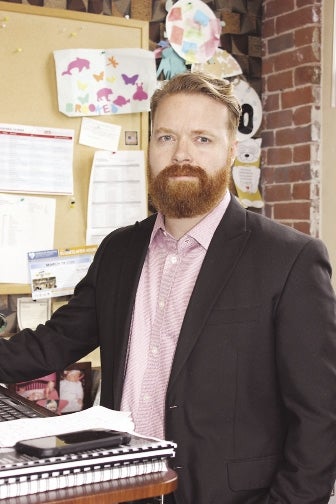Problems like unaffordable housing, uneducated people, pollution, and lack of neighborhood sustainability – each putting a drag on businesses and the economy – can be connected directly to HOLC’s racist decisions 86 years ago.
Nothing just happens for no reason. Every decision ever made compounds on each other, to create the situation we’re living in. And, once in a while, a key moment in history shapes much about the future.
We all live in large communities and have a societal hierarchy because 10,000 years ago someone decided it would be easier to grow food than to hunt and gather. And certain people are wealthy while others are locked in cycles of poverty, just like some neighborhoods thrive while others limp along with lack of economic investment, because almost a century ago, a small slice of the ruling class decided who should get money and who shouldn’t.
Specifically, in Worcester, the 1936 assessment of the city’s neighborhoods by the Home Owners’ Loan Corp. determined which neighborhoods were the best and the worst, largely based on the race and ethnicity of the people who lived there. Problems like unaffordable housing, uneducated people, pollution, and lack of neighborhood sustainability – each putting a drag on businesses and the economy – can be connected directly to HOLC's racist decisions 86 years ago.
In the Dec. 12 edition, you’ll find the two-story report “Redlining: An Economic Legacy”, the result of a six-month joint project between WBJ and the Worcester Regional Research Bureau to understand how rising rents are impacting Worcester’s residents and businesses, including the historic examination of why those decisions were made in 1936 and how they carry forward to today.
It’s not every edition WBJ focuses on an 86-year-old document, but the best way to break self-perpetuating cycles of racism and discrimination is to start with understanding. If we understand much of the way we view people and neighborhoods is based on the assessment by seven flawed white men, the more likely we are to reshape our perceptions to be less burdened by bias. From there, we can move forward to correct these injustices through efforts like increasing investments in lower-income neighborhoods and eliminating the discrimination still plaguing our institutions today.

